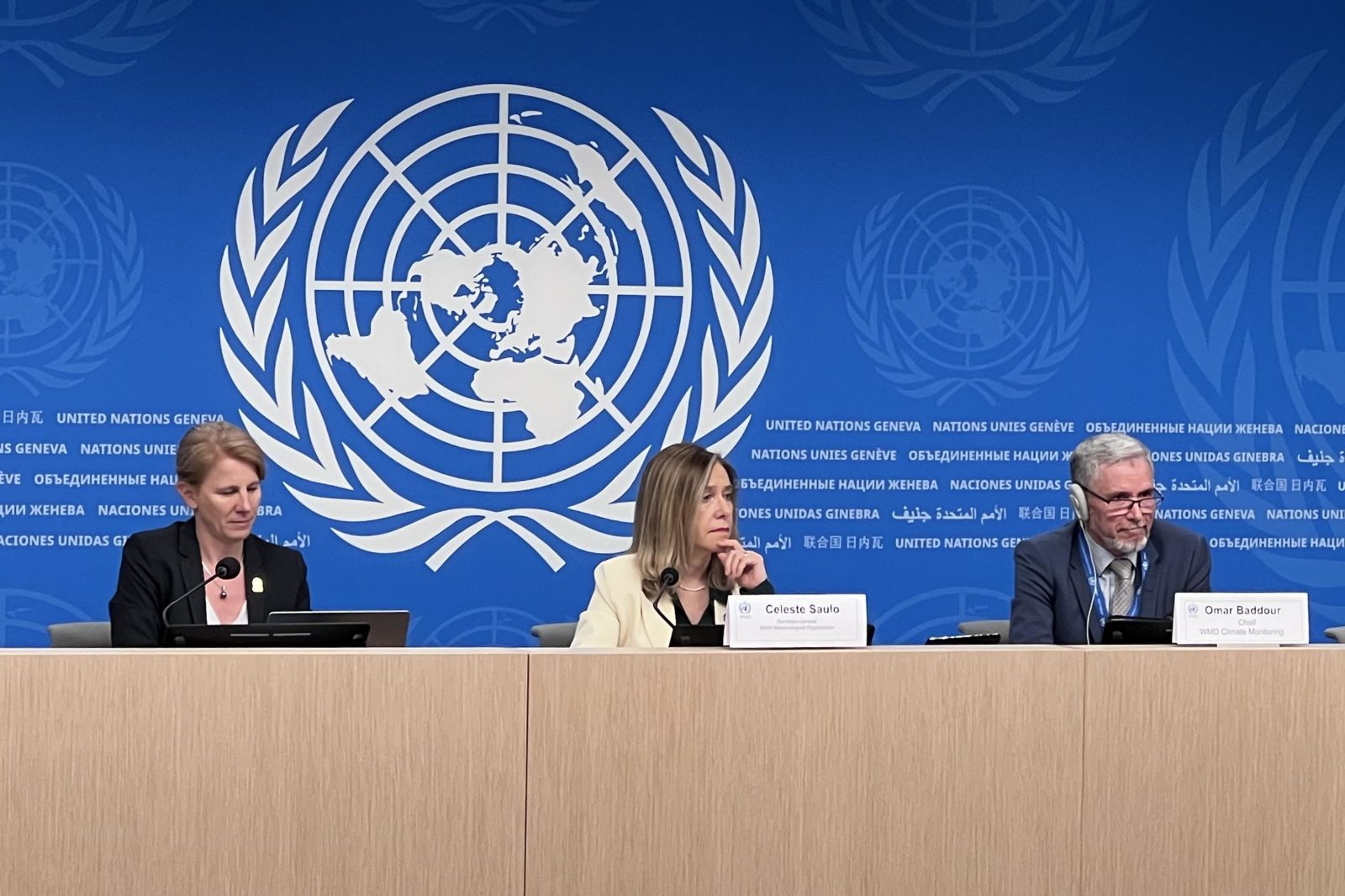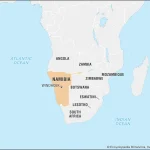
UN Sounds “Red Alert” Over Record Change In Climate

The United Nations’ weather agency has issued a “red alert” regarding climate change.
The World Meteorological Organisation (WMO) warns that global efforts to combat these changes are falling short.
In its “State of the Global Climate” report, released Tuesday, the WMO expressed heightened concern over the possibility of surpassing the climate goal set in the Paris Agreement, which aims to limit global warming to “no more than 1.5 degrees Celsius (2.7 degrees Fahrenheit) from pre-industrial levels.”
According to WMO’s secretary-general, Celeste Saulo, the world is dangerously close to this threshold.
“Never have we been so close – albeit on a temporary basis at the moment – to the 1.5° C lower limit of the Paris Agreement on climate change,” said Saulo. “The WMO community is sounding the red alert to the world.”
The WMO report highlighted dramatic increases in greenhouse gas emissions, land and water temperatures, and accelerated glacier and sea ice melting recorded last year.
Data from the European Union’s Copernicus Climate Service indicated that the 12 months from March 2023 to February 2024 exceeded the 1.5-degree limit, with an average increase of 1.56 C (2.81 F). While the calendar year 2023 saw a slightly lower increase of 1.48 C (2.66 F), the record warmth at the beginning of this year pushed the 12-month average above the critical threshold.
The UN Secretary-General, Antonio Guterres, described the situation as a distress signal from Earth and highlighted the implications of fossil fuel pollution for climate change.
“The latest State of the Global Climate report shows a planet on the brink. Fossil fuel pollution is sending climate chaos off the charts,” Guterres remarked.
Furthermore, WMO’s chief of climate monitoring, Omar Baddour, noted that after an El Niño event (which involves the cyclical warming of the Pacific Ocean affecting global weather patterns), the following year tends to be warmer.
While it’s uncertain whether 2024 will surpass 2023 as the warmest year on record, Baddour emphasised the high probability of continued record-breaking temperatures.
“January was the warmest January on record. So the records are still being broken,” he said.
The WMO’s findings underline the urgency of the world’s climate situation. Over 90% of the world’s oceans experienced heatwave conditions at some point in 2023, there was unprecedented glacier ice loss since 1950, and the Antarctic sea ice shrank to its lowest level on record.
About The Author
Related Articles
Burkina Faso Grants Broadcast Frequency to AES Radio
Burkina Faso’s Superior Council of Communication has approved the allocation of a...
ByWest Africa WeeklyDecember 19, 2025Mass Layoffs Cast Shadow Over Guinea’s Simandou Mine as Exports Begin
Guinea has begun exporting iron ore from the long delayed Simandou project,...
ByWest Africa WeeklyDecember 19, 2025Ghana Arrests Nigerians for Cybercrime
The Minister for Communications, Digital Technology and Innovation, Ghana, Hon. Samuel Nartey...
ByJoshua ChuwangDecember 17, 2025Burkina Faso, Mali and Niger Retain GIABA Role Despite ECOWAS Exit
The Economic Community of West African States has confirmed that Burkina Faso,...
ByWest Africa WeeklyDecember 17, 2025











